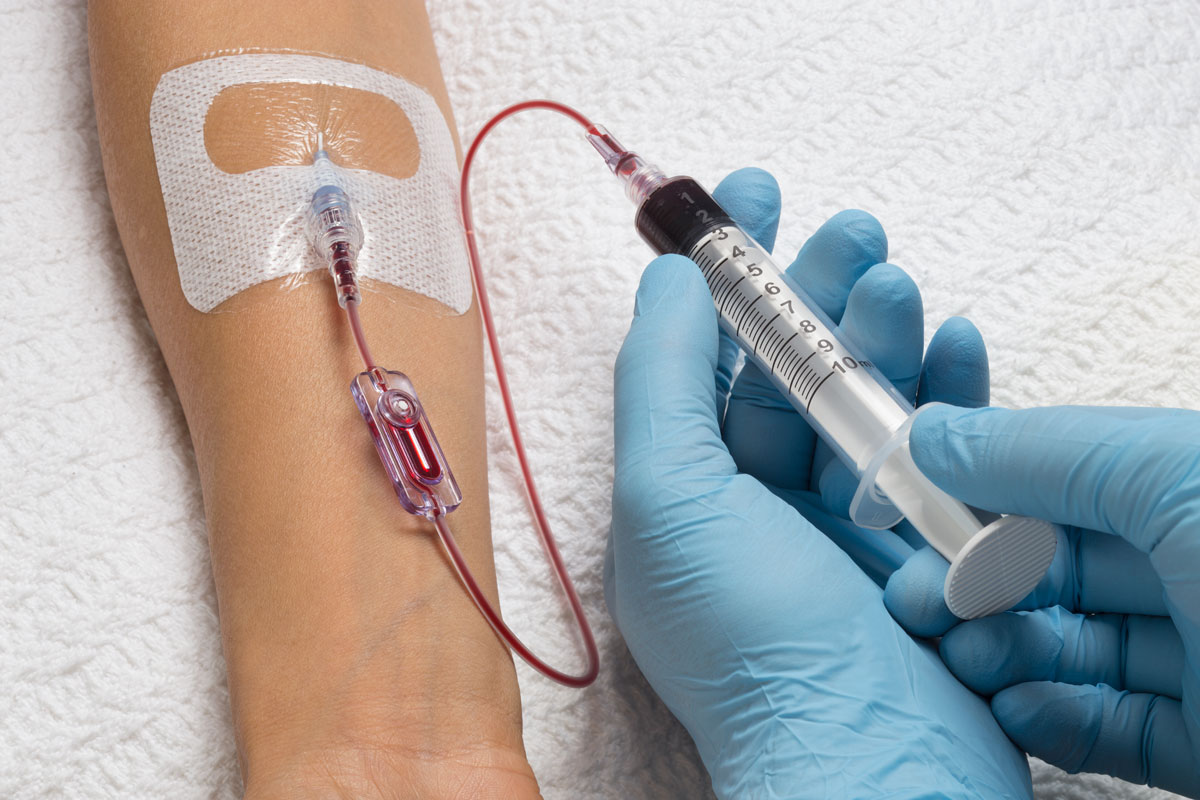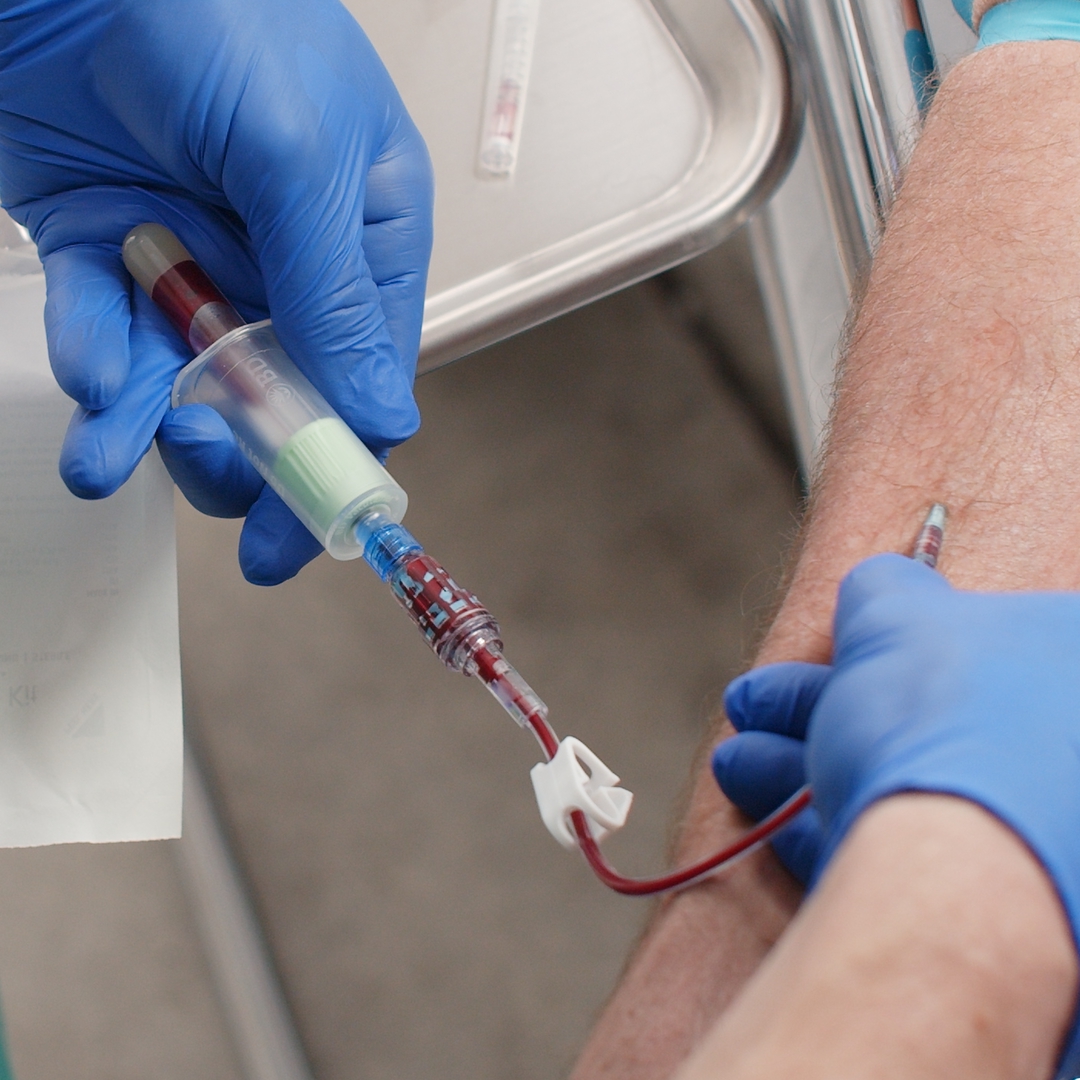Blood culture kurin syringe collection iv peripheral draw hospital piv catheter when system contamination protocol allowed attached diversion devices rates
Table of Contents
Table of Contents
Do you know how to draw blood from an iv? Whether you’re a healthcare professional or a patient, it’s vital to have a basic understanding of this procedure. Drawing blood from an IV line can be a crucial part of diagnosing and treating illnesses, but it can also be a source of discomfort and anxiety. In this article, we’ll explore everything you need to know about how to draw blood from an iv and how to make the process as smooth and pain-free as possible.
The challenges of drawing blood from an iv
While drawing blood from an IV line is generally a safe procedure, it can be challenging for both patients and healthcare professionals. One of the main issues is finding the right vein. This can be especially difficult in patients who have had multiple IV lines and those who are dehydrated. The procedure can also be painful, which can lead to anxiety and discomfort, making it harder to locate the vein or perform the procedure.
How to draw blood from an iv
The first step in drawing blood from an IV line is to prepare the necessary equipment, including a sterile blood collection system, alcohol swabs, and gloves. It’s essential to make sure the system is sterile and that you follow proper infection control procedures.
Next, locate the vein by palpating the area gently. If the vein is not visible, try warming the area with a warm compress or asking the patient to lower their arm below their heart level. Once the vein is visible, clean the area with alcohol swabs and allow it to dry completely.
Insert the needle at a 15 to 30-degree angle, and be sure to use a slow and steady motion. Once you have successfully inserted the needle, you can begin drawing blood slowly, making sure not to overfill the collection tube. Remember to release the tourniquet before withdrawing the needle and apply pressure to the area with an alcohol swab or bandage.
Main points about how to draw blood from an iv
- Prepare the necessary equipment
- Locate the vein
- Clean the area with alcohol swabs
- Insert the needle at a 15 to 30-degree angle
- Draw blood slowly
- Release the tourniquet before withdrawing the needle
- Apply pressure to the area with an alcohol swab or bandage
Pain-free blood draws: My personal experience
When I was a patient in the hospital, I needed to have blood drawn from an iv line every day. At first, the process was incredibly painful, and I dreaded each time I had to do it. However, my nurse was skilled, and over time, she found a way to make it much less painful. She would use a warm compress on my arm before the procedure and was always gentle and slow when inserting the needle. This made a massive difference to me and helped me feel much more comfortable with the procedure.
If you’re a healthcare professional, you can use similar techniques to make blood draws less painful. Warming the area, being gentle and slow when inserting the needle, and using distraction techniques can all help make the process more comfortable for patients.
Tips for drawing blood from an iv in challenging situations
While drawing blood from an IV line can be challenging, there are several ways to make it more manageable in challenging situations. If the vein is difficult to locate, try using warmth or lowering the arm. In patients who are dehydrated, try giving them fluids before the procedure or using a smaller needle to prevent further dehydration.
The importance of proper training and procedure
It’s essential to receive proper training and follow the correct procedure when drawing blood from an IV line. Improper technique can lead to unnecessary pain and discomfort for patients, as well as contamination and infection.
At Kurin, we’re dedicated to improving patient outcomes and reducing contamination risk through our innovative Kurin blood culture collection set. By using a sterile, one-use device, you can help reduce the risk of false positives, contamination, and infections, while also making blood draws less painful for your patients. Learn more about our products and how they can benefit your practice today.
Question and Answer
Q: Is drawing blood from an IV line different from a regular blood draw?
A: Drawing blood from an IV line is similar to a regular blood draw, but there are a few key differences. With an IV line, the needle is already inserted into the vein, so the focus is on drawing blood through the line rather than finding a suitable vein. It’s also crucial to follow proper infection control procedures to prevent contamination and infection.
Q: Is there a way to make drawing blood from an IV line less painful?
A: Yes, there are several techniques you can use to make drawing blood from an IV line less painful. Warming the area, being gentle and slow when inserting the needle, and using distraction techniques can all help make the process more comfortable for patients.
Q: What happens if the blood draw results in hemolysis?
A: Hemolysis is the rupturing of red blood cells, and it can occur if the blood draw is too forceful or if the needle is in the vein for too long. If the sample is hemolyzed, it may not provide accurate results, and the procedure may need to be repeated.
Q: What should I do if the patient experiences discomfort during the blood draw?
A: If the patient experiences discomfort during the blood draw, stop the procedure and assess the situation. You may need to readjust the needle or use different techniques to make the patient more comfortable. Always make sure to follow proper infection control procedures and provide emotional support to the patient when necessary.
Conclusion of how to draw blood from an iv
Drawing blood from an IV line can be a challenging procedure for patients and healthcare professionals, but it’s essential to understand how to do it safely and efficiently. By following proper infection control procedures and being gentle and slow when inserting the needle, you can help reduce pain and discomfort for patients and provide accurate results for diagnosis and treatment.
Gallery
Drawing Blood From An IV Line Without Hemolysis - YouTube

Photo Credit by: bing.com / blood iv drawing
When Allowed By Hospital Protocol, A Syringe May Be Attached To A Kurin

Photo Credit by: bing.com / blood culture kurin syringe collection iv peripheral draw hospital piv catheter when system contamination protocol allowed attached diversion devices rates
IV Insertion With Blood Draw - YouTube

Photo Credit by: bing.com / iv blood draw
IV Video Course | Nurse Keith

Photo Credit by: bing.com / iv blood draw course
Safe And Effective Blood Draw - YouTube

Photo Credit by: bing.com / blood draw vein labs collection nurse patient effective safe lab work cuff tools





